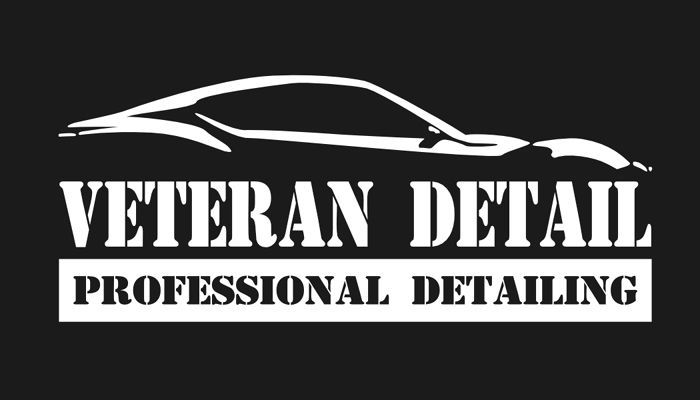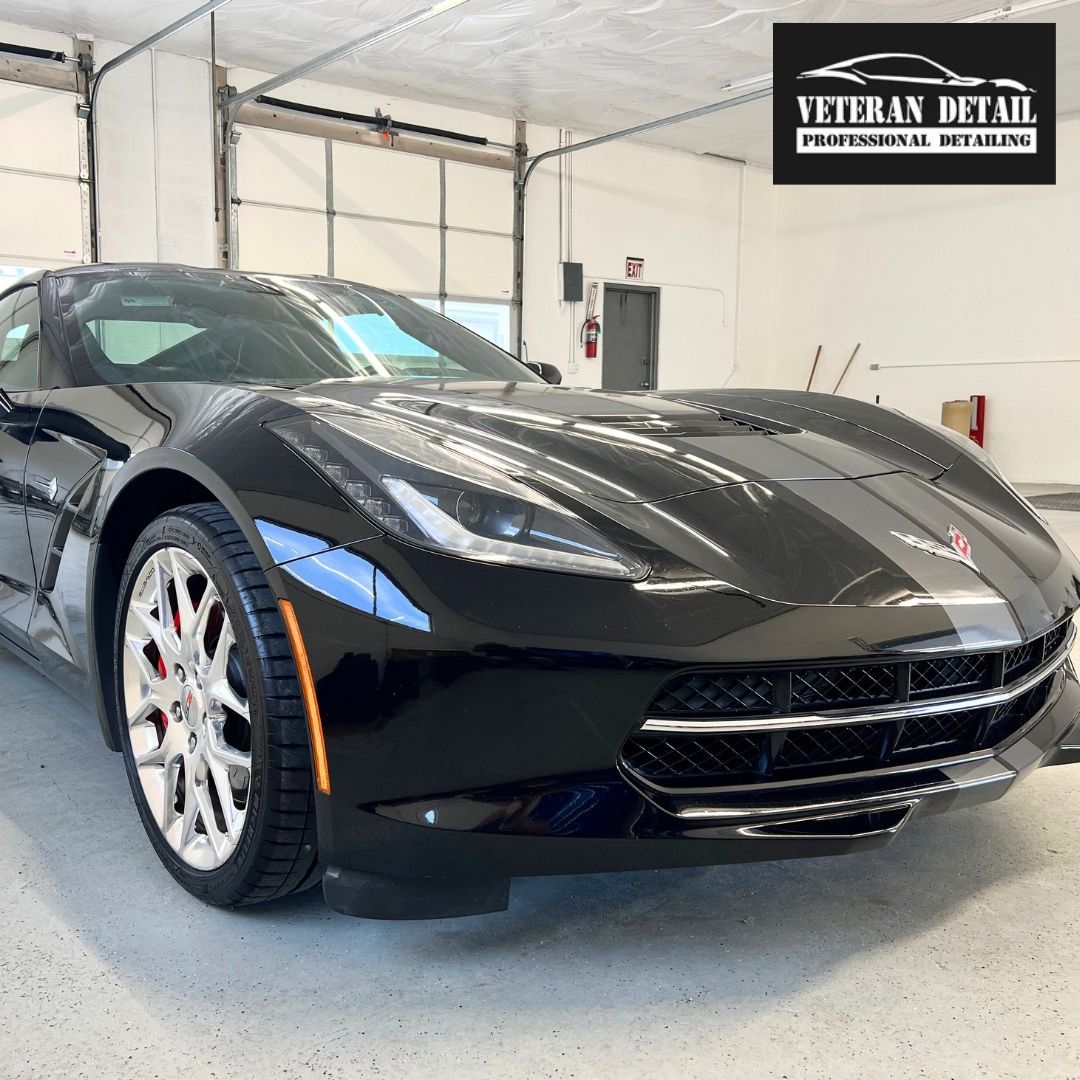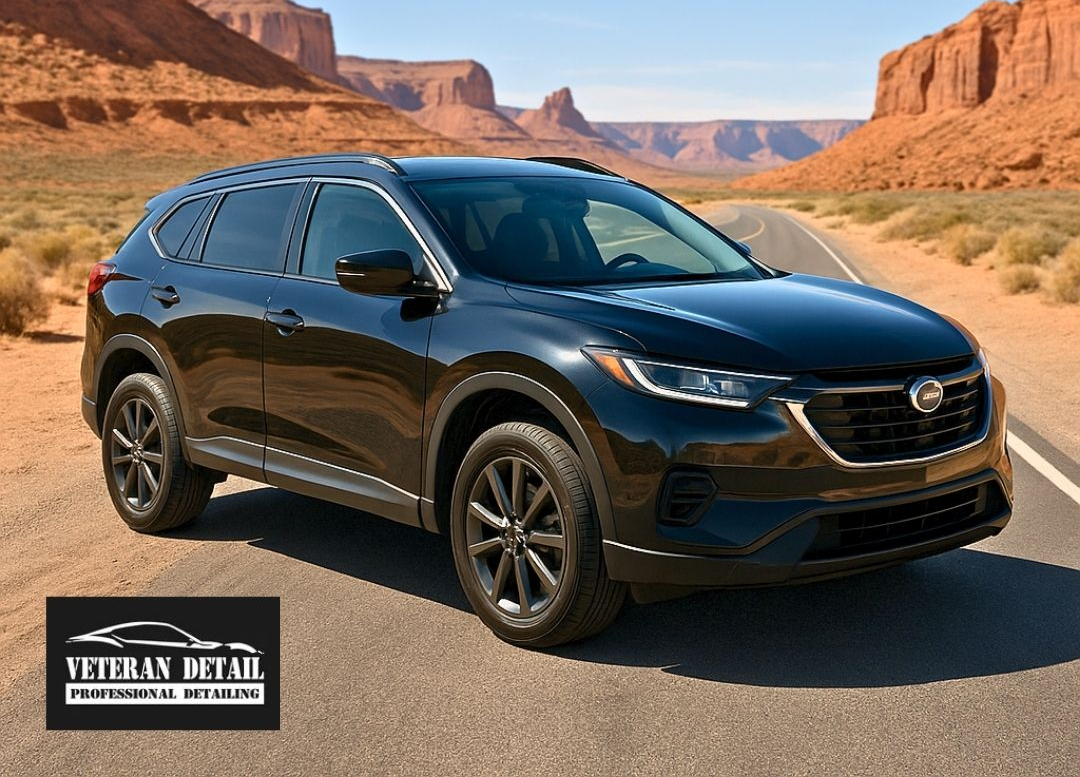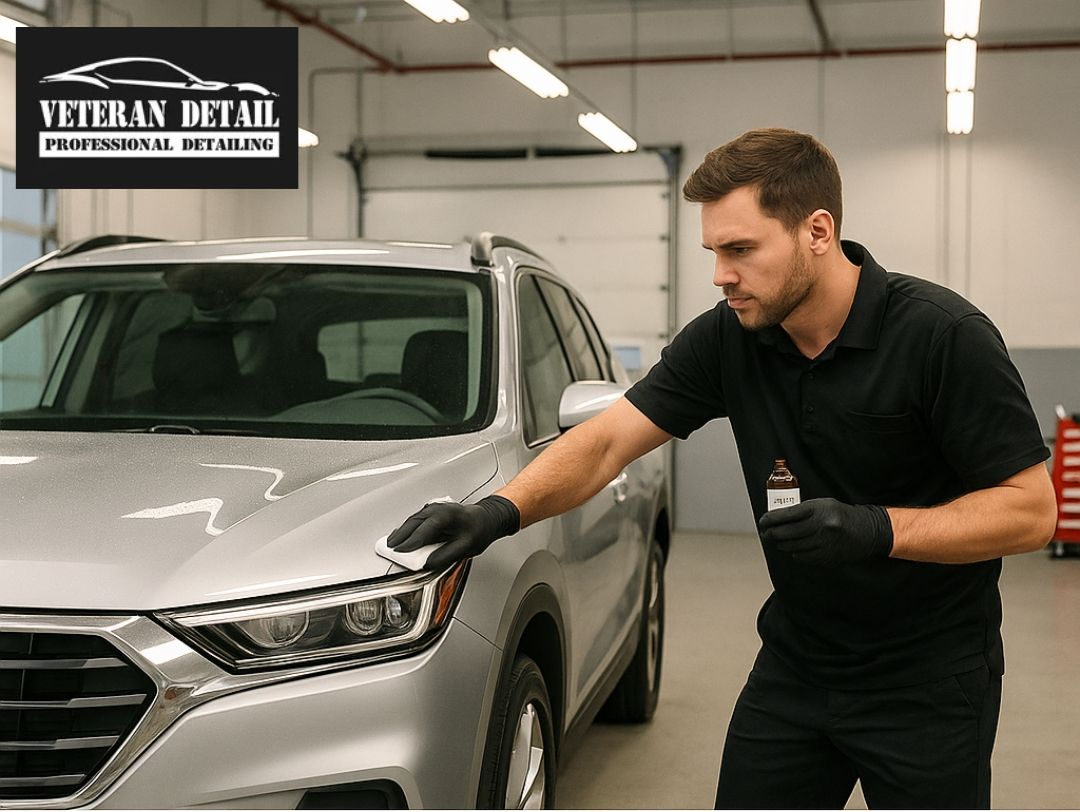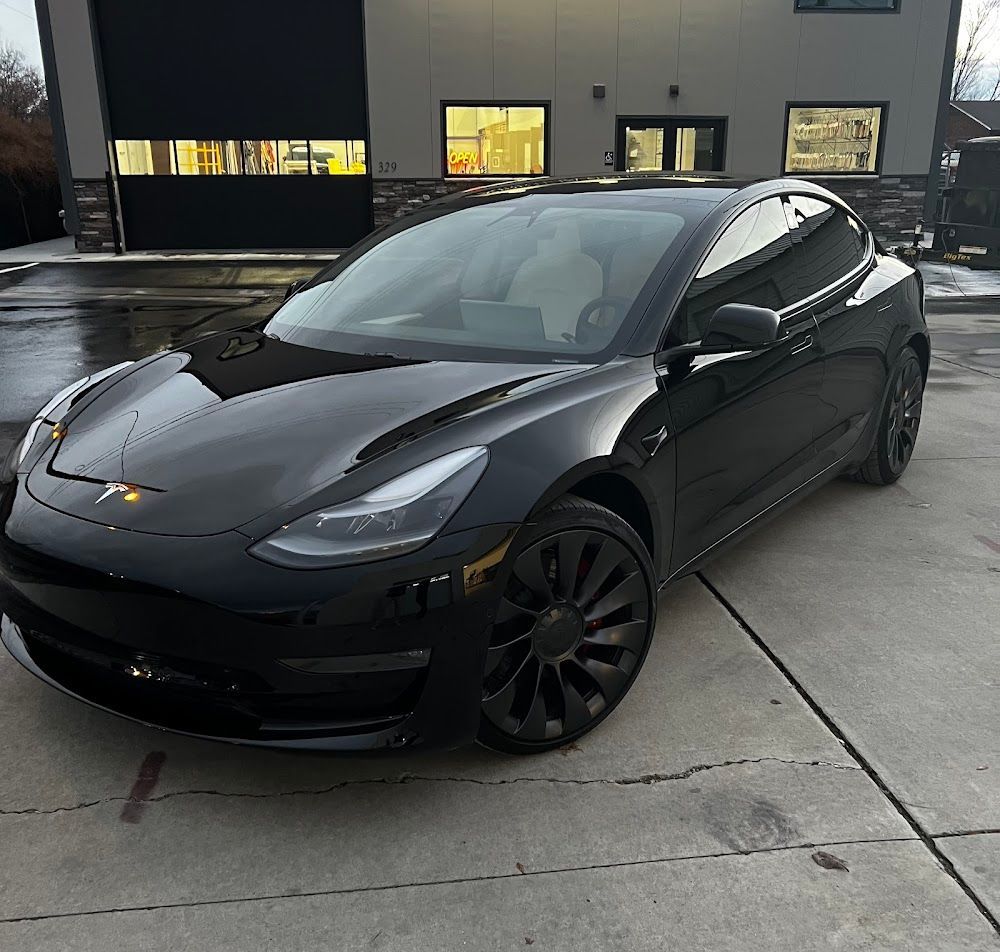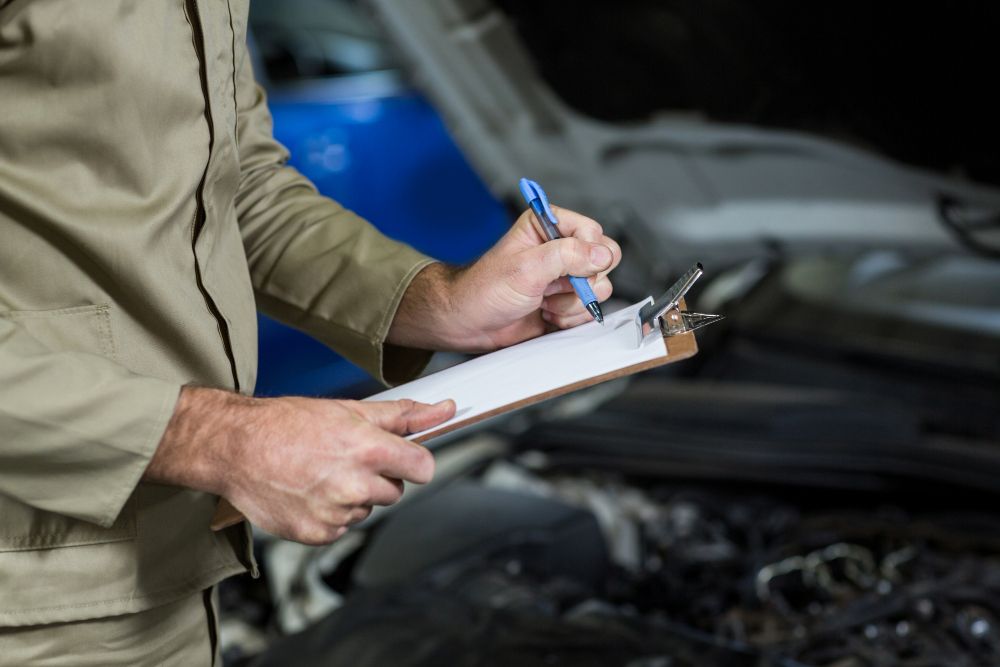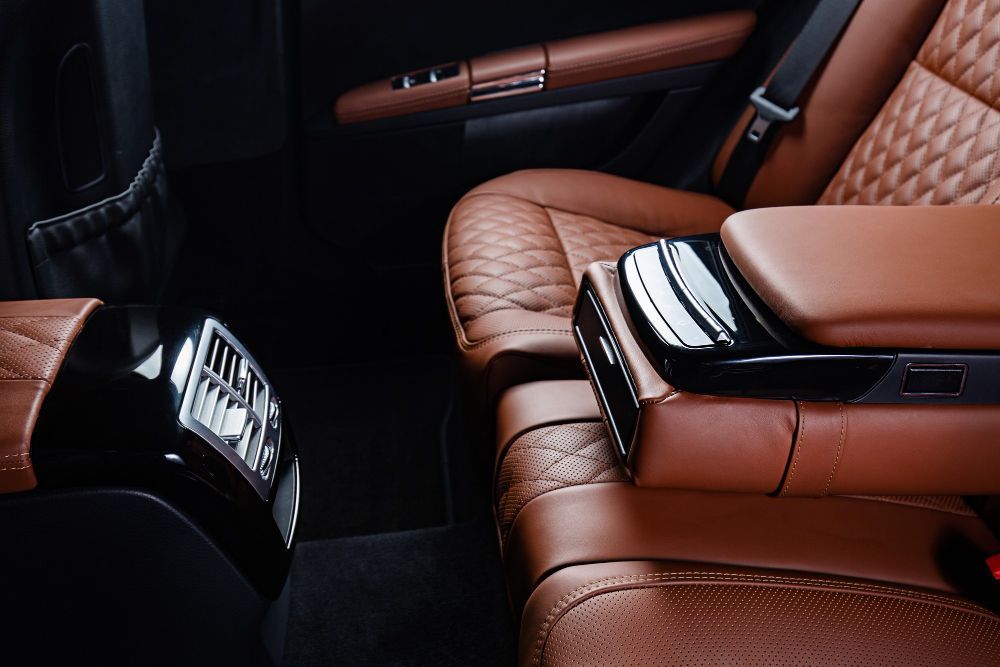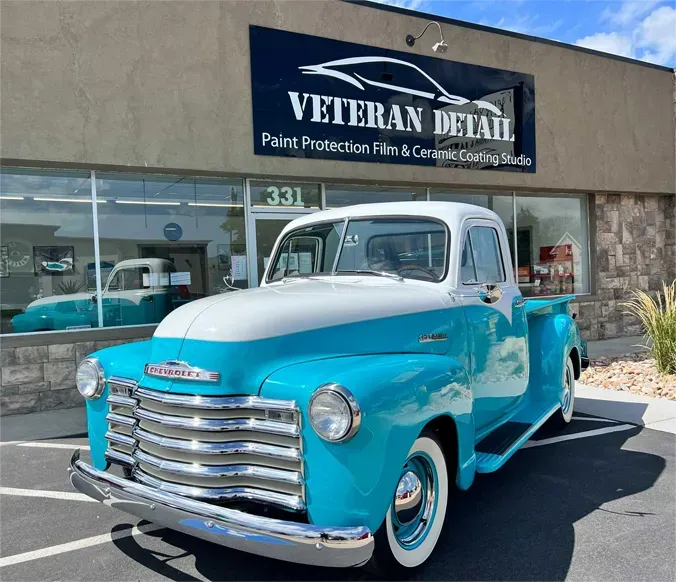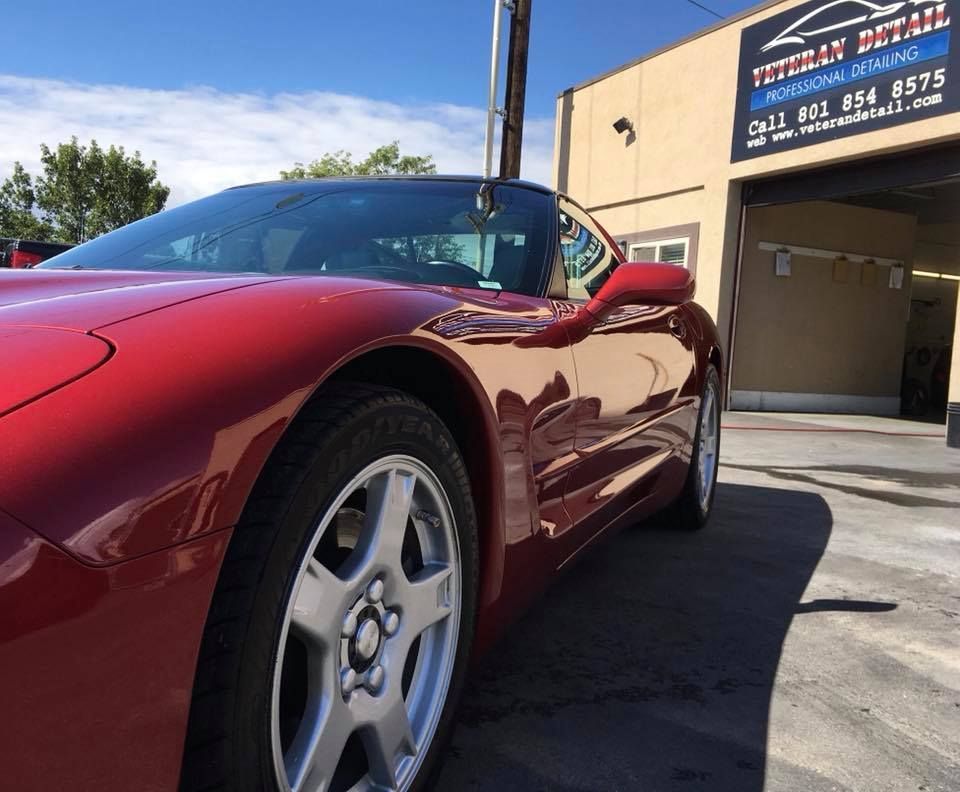
How to Maintain a Ceramic-Coated Car (Best Washing & Care Tips)
Ceramic coating protects your car's paint. It keeps away dirt, water spots, and sun damage when cared for properly.
To maintain a ceramic-coated car, wash with pH-neutral soap, use the two-bucket method, dry with clean microfiber towels, and avoid automatic car washes. Good care makes your coating last longer and keeps your car looking new.
This guide will show you how to care for your ceramic-coated car with simple steps anyone can follow.
The Two-Bucket Method
The two-bucket method keeps your car safe when washing.
You need:
- One bucket with soap water
- One bucket with clean water
- Quality microfiber wash mitt
- pH-neutral car soap
First, rinse your car with water. Then dip your mitt in the soap bucket and wash one small area. Rinse the mitt in the clean water bucket before getting more soap. This keeps dirt from scratching your car.
Use the Right Soap
Not all soaps are good for ceramic coatings. Use only pH-neutral car soap made for coated cars.
Regular dish soap or strong cleaners will harm your coating. They strip away the protection that guards your paint.
Good soaps for ceramic coatings are gentle but still clean well.
Drying Matters
Water spots can form on your car even with ceramic coating. Proper drying stops this from happening.
Use clean, soft microfiber towels to dry your car. Pat the surface instead of rubbing hard.
Drying your car in the shade helps prevent water spots before they start.
Places to Avoid
Some places can harm your ceramic coating. Stay away from:
- Automatic car washes with brushes that scratch
- Drive-through washes with harsh chemicals
- Car washes that use recycled water
These can damage your coating and reduce how long it lasts.
Touch-Up Care
Between full washes, you can keep your car clean with quick detailers made for ceramic coatings.
These sprays help remove light dust and fingerprints without a full wash. They also add more shine to your car.
Use a clean microfiber cloth and spray small areas at a time.
Removing Bird Droppings and Bugs
Bird droppings and dead bugs have acids that can harm even ceramic coatings. Remove them quickly when you see them.
Spray the spot with water or detailer spray. Place a wet microfiber towel over it for a few minutes. Then gently wipe away.
Never scrub hard or use sharp items to scrape them off.
Seasonal Care Tips
Different seasons need different care for your ceramic-coated car.
In summer, wash more often to remove bugs, tree sap, and bird droppings.
In winter, rinse off road salt as soon as you can. Salt can work through ceramic coatings if left too long.
When to Get Help
Even the best coating needs help sometimes. Look for these signs:
- Water not beading up like before
- Spots that seem dull
- Hard water marks that won't come off
When you see these signs, it's time to visit Veteran Detail for a coating check.
Touch-Up Products
Some coatings work best when you use booster sprays every few months. These are like giving water to a plant.
Ask the shop that put on your coating what products they suggest. Using the wrong ones can cause problems.
Veteran Detail can tell you the right products for your specific coating.
Waxing: Yes or No?
Most ceramic-coated cars don't need wax. The coating itself does what wax would do.
Some special coating-safe waxes can add more shine, but ask Veteran Detail first before using any.
Using the wrong wax can make your coating less effective.
Professional Check-Ups
Have your coating checked by pros once a year. They can:
- Look for weak spots
- Do special deep cleaning
- Fix small problems before they grow
Veteran Detail has the knowledge to care for all types of ceramic coatings.
Trust Veteran Detail With Your Ceramic-Coated Car
When your car needs expert care, turn to Veteran Detail. Their hands are skilled in the ways of ceramic coating, PPF, and car window tinting. They care for classic cars with the respect they deserve.
Their knowledge is known across American Fork, Pleasant Grove, Orem, Provo, Alpine, Highland, Lehi, and Saratoga Springs. Many speak of their Black Ops packages that give cars the ultimate protection.
Visit Veteran Detail to keep your ceramic coating strong through many seasons. Their wisdom will help your car's spirit shine bright on every road you travel.
